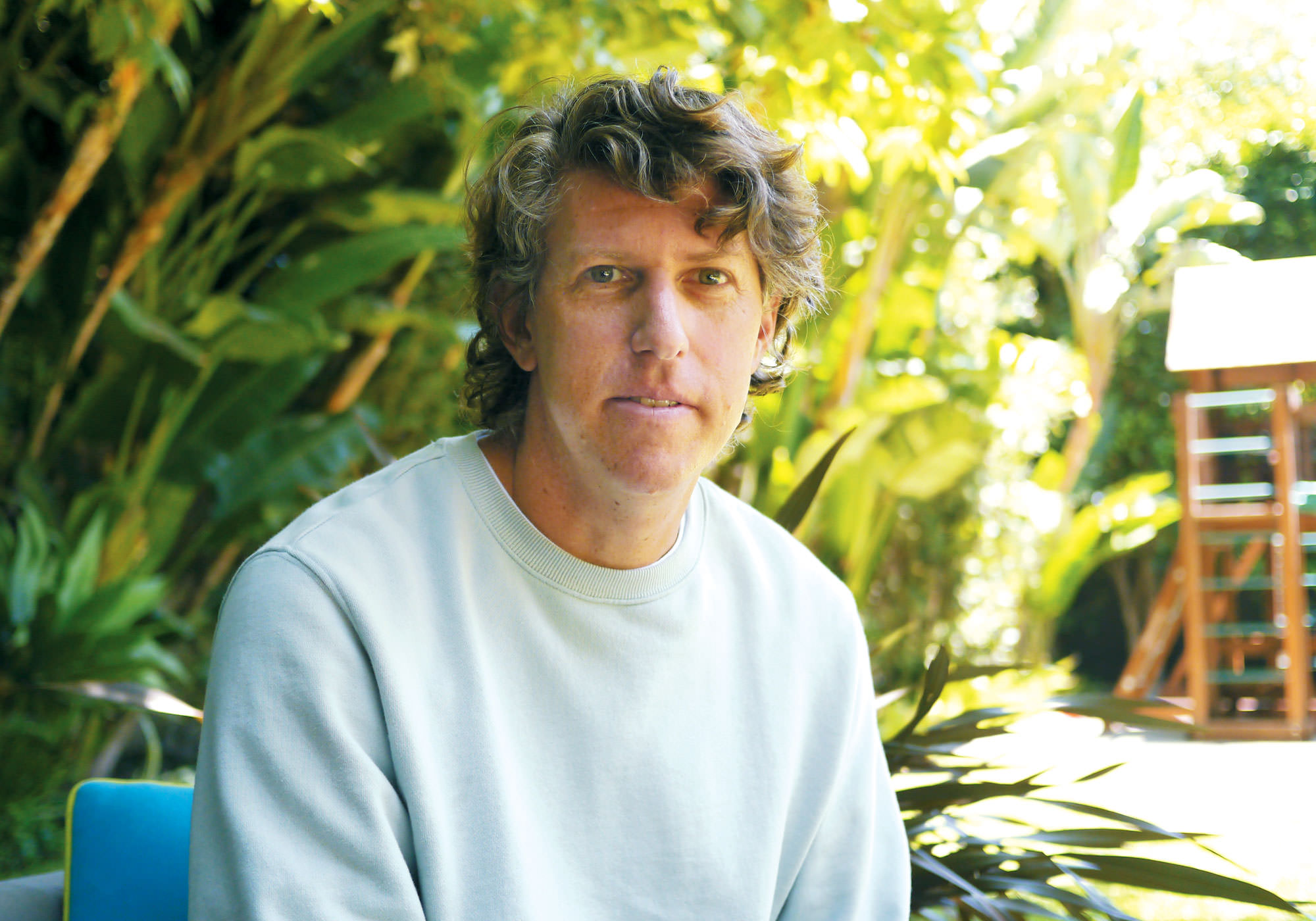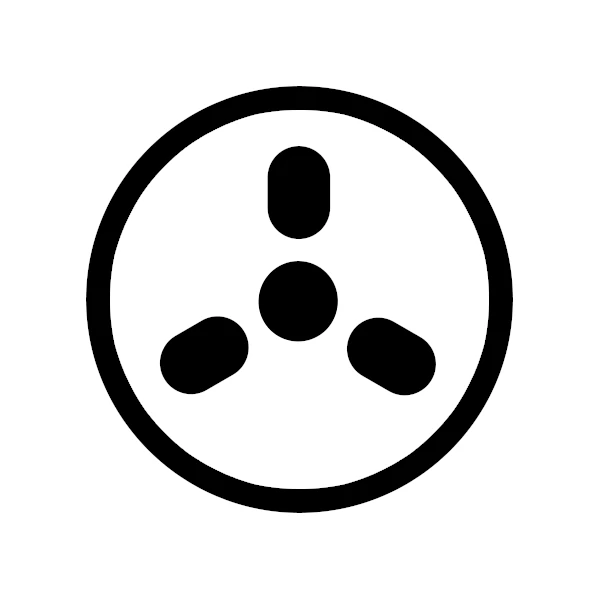Apart from the world of recording, Phil Thornalley may not be a household name, but a quick scan of the many records he&ap...

Interviews
Jack Antonoff at Home in Brooklyn
By Bren Davies, Brian Silak, and Brian T Silak
Born in Bergenfield, New Jersey, Jack Antonoff has performed, recorded, and toured with the bands Outline, Steel Train, fun., Bleachers, and, most recently, Red Hearse, with a self-titled album released in 2019. He has co-written with (and/or produced) Taylor Swift, St. Vincent [Tape Op#134], Lorde,...









